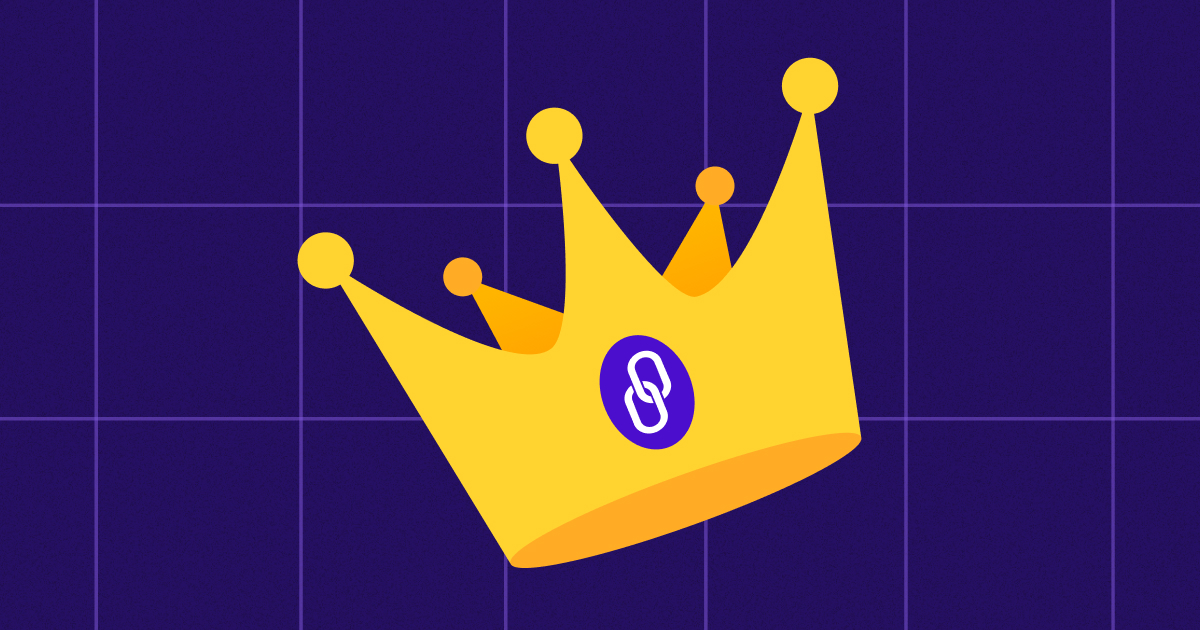
The impact of Apple’s EU DMA changes: which path is worth taking?
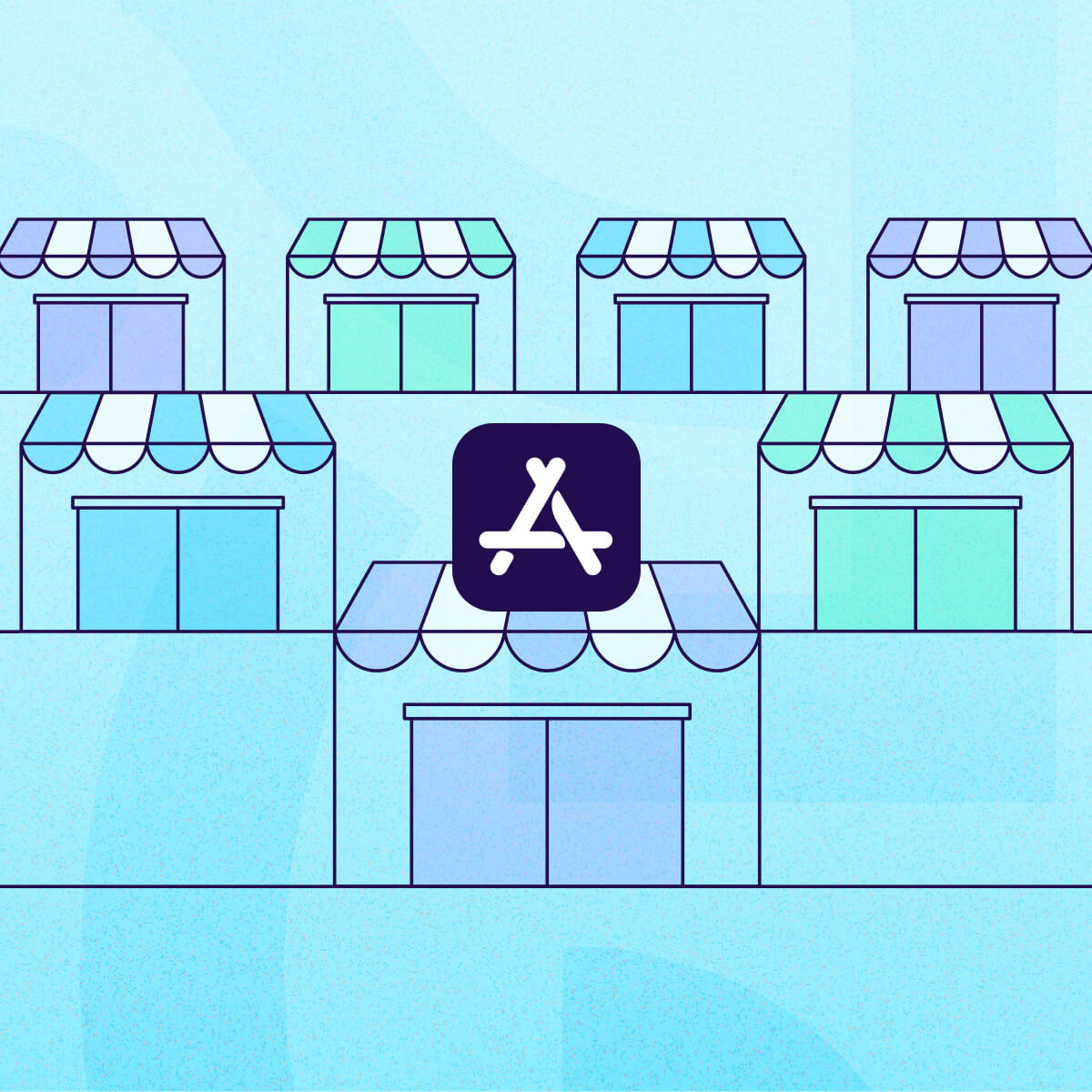
Apple’s recent interpretation and compliance with the EU’s Digital Markets Act (DMA) has stirred a heated debate in the industry with many businesses and developers arguing that it falls short of the expectations, urging legislators to reject it.
However, an analysis we performed shows that the viability of the new plans depends on multiple factors and that there are cases where the proposal is certainly a feasible option.
Whatever the final outcome turns out to be, the fact that Apple is opening up its walled garden to sideloading and alternative app stores in the EU will have a huge impact on user experience, app developers, and the entire app economy.
But for now, we’re going to focus on Apple’s current proposal. Let’s jump in.
What’s all the fuss about?
Before diving into the data, a quick recap on the latest news.
Apple’s announcement includes a series of updates to most of its core functionalities in the EU including iOS, App Store, payment services, Safari, Webkit, and more.
Updated April 2024: The European Union later added a new requirement from Apple to bring iPadOS and the iPad into compliance as well…within 6 months.
However, the one with the potentially most far-reaching implications allows iOS apps to be downloaded from other app stores – which Apple is calling marketplaces – while paying fees based on new business terms.
Here’s a breakdown of the current vs. new plans
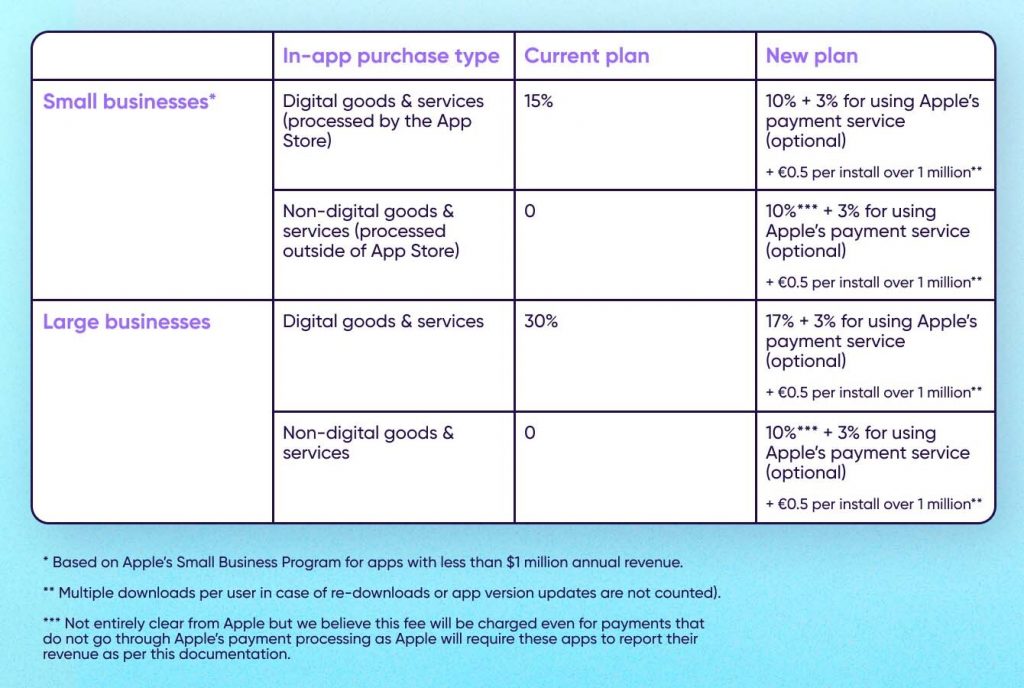
Under the new models, developers can choose whether they want to stick with the current model, move to other marketplace/s, or combine both. Moreover, they can choose to use the current or new plan within the App Store itself.
We should also consider adding an optional “Updated March XX:” to further display our attention to news and detail and transparency.
Updated March 12, 2024: Apple announced additional changes in response to developer feedback. Most notably, Apple will launch a Web Distribution feature allowing developers to offer their apps for direct download from their website without the App Store or alternative app marketplace.
This requires developers opt into the new App Store business terms, which include the Core Technology Fee of €0.50 for each first annual install over one million in the past 12 months and meet specific caveats.
Updated April 2024: Since the DMA’s enforcement, a few newly launched alternative App stores are charging an annual subscription fee to their app stores similar to the Core Technology Fee, thus avoiding this new Apple charge from harming their bottom line.
Any app distributed through the web will still need to meet Apple’s notarization guidelines and can only be installed from a domain the developer registered in App Store Connect. Apple will also make a number of APIs available for integration with system functionality for developers.
Factors at play
The million-dollar question is, of course, which model (or models) is the best course of action?
Clearly, in-app purchase fees play an extremely important role, but it is rather straightforward (Apple provided this calculator to simulate the numbers). On top of that, there are other important factors to consider:
- Reach: The current fee structure in the App Store only requires payment for in-app purchases that go through the store, that is digital goods and services like 50 coins in a game or a subscription for service.
So on the face of it, why should apps that do not process payments through the store such as eCommerce, travel, transportation, food delivery, social consider a shift when they currently pay $0 to Apple?
The answer of course is discoverability. New marketplaces open up new opportunities to drive growth. Just think about the potential of a Meta marketplace, or a Microsoft store? Which business wouldn’t want to be a part of these parties with their extensive reach? - Dev effort: But before we join the party, it’s important to also remember that with every new marketplace and every different payment method comes a hefty development price tag.
- Business model: Apps that make money from ads (e.g. hypercasual games or social networks) do not currently pay any fees to the App Store. So why should they consider a move? For large hypercasual games for example, a 0.5 euro fee is most likely not viable because of the game’s slim margins. But for social apps, reach can play a role if they can make the unit economics work.
- App size: Needless to say, the core technology fee can weigh heavily on large apps with half a euro per install beyond 1 million…
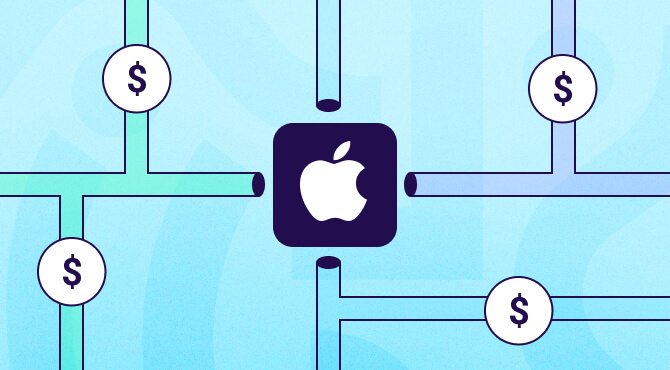
- Other fees: Whether local taxes to add in (known) or fees in the new marketplace/s which also want to take a piece of the pie (unknown), the payment doesn’t start and end with Apple.
- Measurement: What will measurement look like in the new marketplaces? Apple did explicitly state that ATT applies, but what about SKAN?
- No going back? It should be noted that Apple stated in an FAQ page that “Developers who adopt the new business terms at any time will not be able to switch back to Apple’s existing business terms for their EU apps.” This seems quite harsh but it does appear to be the current policy.
So the short answer to the million-dollar question is: well, it depends.
Which apps may be more affected by the core technology fee?
To examine the potential impact of the core technology fee alone, we analyzed our data (over 2 billion iOS app installs in the EU in 2023 from tens of thousands of apps), and found that among apps with a minimum number of installs (we used a 10K per year threshold) a total of 4.2% meet the criteria which would require paying a core technology fee if the new model is selected — quite a significant percentage.
Not surprisingly, however, a vertical view shows significant differences.
Verticals like eCommerce, Food & Drink, and Travel have a higher share of large apps and do not pay, at present, any fees to the App Store as their transactions are processed out of store as they don’t sell digital goods or services. Which cases do merit a change?
The new kid on the block enjoying massive growth this past year is Gen AI with the highest share of large apps and therefore a potentially hefty payment of the core technology fee. On the other hand, most of its apps commonly use a subscription model which means they do pay a 30% fee (15% after the first year) in the current model. So for them it’s not a clear cut decision.
But don’t worry, we won’t leave you hanging with these questions unanswered.
So… Which path should I take? Try our model
When it comes to a direction as to which path to take, the devil is clearly in the details.
To help us with the devil, we’ve created a model on Desmos where you can select your strategy and determine when the new method becomes more advantageous.
In these charts, we looked at three factors:
x = Revenue
y = New model payment minus current model payment
z = Installs
Because the y axis represents the difference between the payment models, any point where y<0 is when the new model is preferred, at least from the pure mathematical sense. But remember: there are many other factors to consider as we listed above.
For small businesses (based on Apple’s Small Business Program for apps with less than $1 million in annual revenue), use this model and follow the instructions on the left column.
For larger businesses, use this model and follow the instructions on the left column.
Let’s review some examples to illustrate how this tool works:
Larger businesses
1) Digital goods & services, 10,000,000 annual installs
It’s advisable to transition to the new plan if your revenue surpasses 50 million euros.
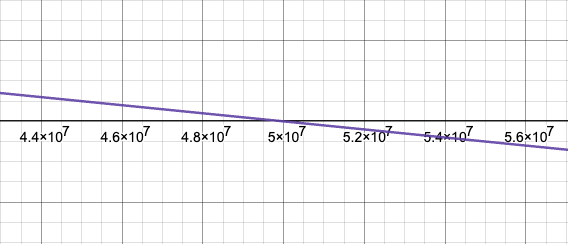
2) NON-digital goods & services, 10,000,000 annual installs
It’s advisable to continue with the current plan.

Small businesses
Digital goods & services or NON-digital goods & services (same terms apply), 800,000 annual installs
It’s recommended to switch to the new plan.
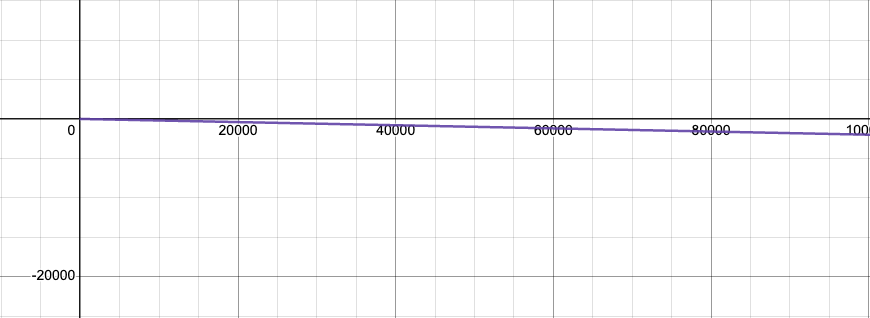
The bottom line
The opening up of Apple’s walled garden is exciting news no doubt. But as far as business viability to actually see that shift materializing — that’s a different story.
While many developers are disappointed with Apple’s EU changes, our analysis has shown that there are scenarios where it does make sense, particularly for apps currently enrolled in the App Store Small Business Program that have fewer than 1 million annual installs, as well as for larger apps in specific cases as seen above.
The ball is now in the EU’s Commission court and how it interprets Apple’s own interpretation of the new regulations.
This is most likely not the final word and we’ll update as news develops.




